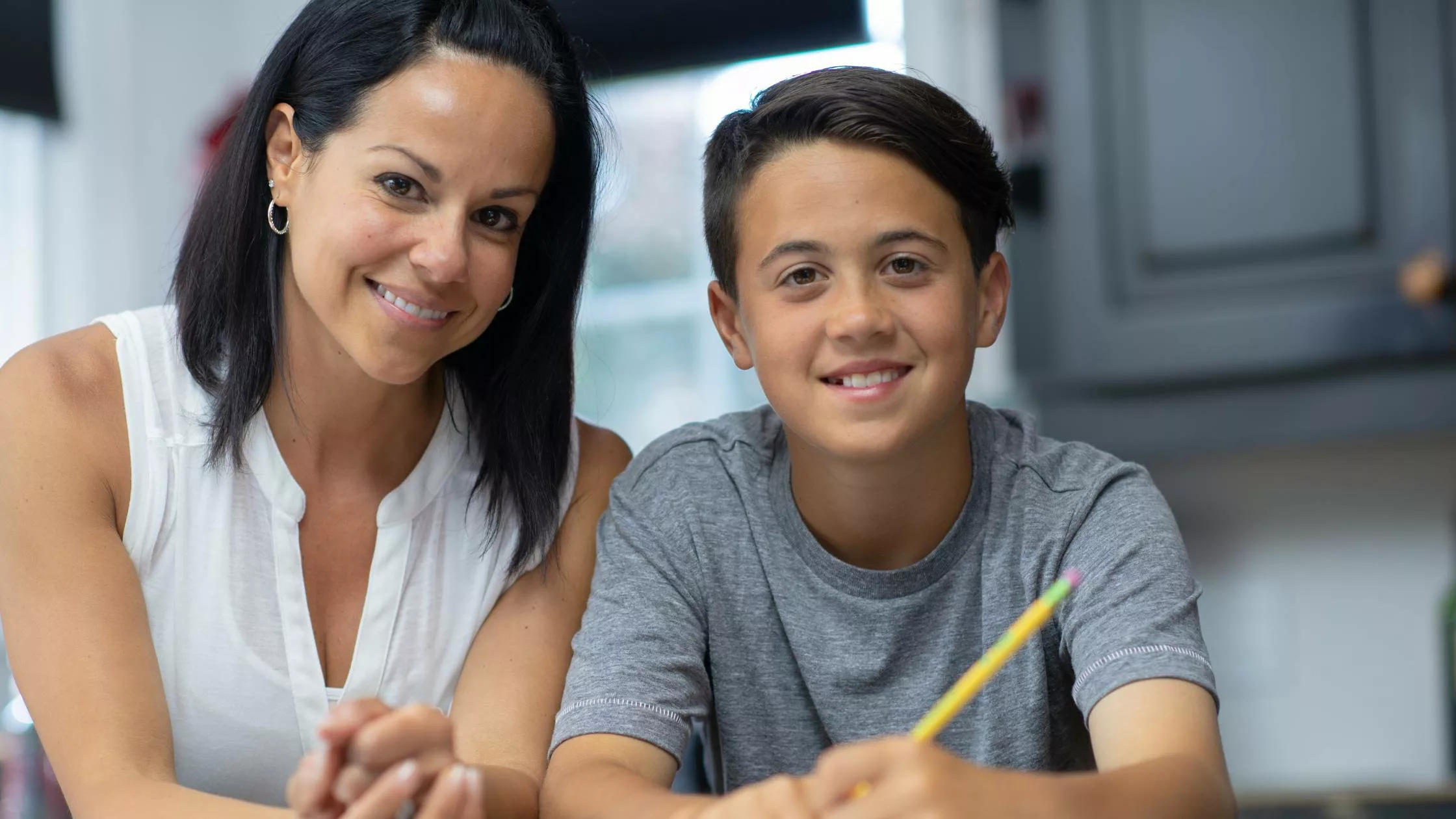What is Student-Centered Learning?
Student-centered learning, also known as learner-centered education, is an approach to education that puts the student at the center of the learning process. This means that the focus is on the individual needs, interests, and goals of the student, rather than on a predetermined curriculum or teacher-centered approach.
In a student-centered learning environment, the teacher serves as a facilitator, providing resources and support to help students achieve their learning objectives. The teacher may present information and guide discussions, but the emphasis is on the student to actively engage with the material and construct their own understanding.
Benefits of Student-Centered Learning
There are numerous benefits to student-centered learning, both for the individual student and for the classroom as a whole. Some of the key benefits include:
- Increased Engagement & Motivation – When students are able to take an active role in their own learning, they are more likely to be engaged and motivated. They are able to see the relevance of the material to their own lives and goals, and this can increase their interest in the subject.
- Improved Critical Thinking And Problem-solving Skills – Student-centered learning encourages students to think for themselves and to approach problems in a more independent and creative way. This can lead to improved critical thinking and problem-solving skills, as students are able to apply what they have learned to real-world situations.
- Greater Independence – Student-centered learning promotes a sense of independence and self-direction in students. They are given the freedom and responsibility to manage their own learning, which can help them develop important skills such as time management and self-regulation.
- Personalized Learning – One of the key benefits of student-centered learning is that it allows for personalized learning. Each student is able to learn at their own pace and in a way that is tailored to their individual needs and interests. This can be especially beneficial for students who may struggle with traditional teaching methods or who have unique learning needs.
Implementing Student-Centered Learning in the Classroom
There are several key strategies that teachers can use to implement student-centered learning in their classrooms. Some of these include:
- Providing choice & autonomy – Giving students some control over their learning can help to increase motivation and engagement. Teachers can do this by offering a range of activities or project options for students to choose from, or by allowing students to design their own learning goals and plan for achieving them.
- Encouraging Collaboration & Teamwork – Student-centered learning often involves group work and collaboration. This can help students to learn from each other, as well as to develop important social and communication skills. Teachers can encourage collaboration by setting up group projects or assigning roles within a group.
- Using A Variety Of Teaching Methods – Student-centered learning requires teachers to use a range of teaching methods to meet the diverse needs of their students. This may include lectures, demonstrations, hands-on activities, group work, and individual projects.
- Providing Ongoing Support & Feedback – Teachers play a critical role in student-centered learning as facilitators and mentors. They should be available to provide support and guidance to students as needed, and should also provide ongoing feedback to help students track their progress and identify areas for improvement.
Student-centered learning is an approach to education that puts the student at the center of the learning process. It has numerous benefits, including increased engagement and motivation, improved critical thinking and problem-solving skills, greater independence, and personalized learning. To implement student-centered learning in the classroom, teachers can use strategies such as providing choice and autonomy, encouraging collaboration and teamwork, using a variety of teaching methods, and providing ongoing support and feedback.
While student-centered learning requires a shift in the traditional teacher-centered approach, it has the potential to greatly enhance the learning experience for students. It allows for a more personalized and engaging approach to education and can help students to develop important skills such as critical thinking, problem-solving, and self-direction.
However, it is important to note that student-centered learning is not a one-size-fits-all approach. It requires careful planning and implementation, and may not be suitable for all subjects or student groups. Teachers should consider the specific needs and goals of their students and adapt their approach accordingly.
Overall, student-centered learning is a valuable and effective approach to education that can help students to achieve their full potential and prepare them for success in the future.








